Signs along the way
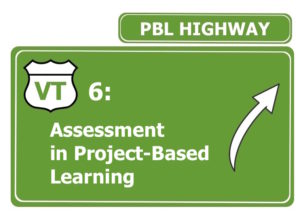 Assessments can be hard to create and manage, but they are a necessary part of PBL. You can do it!
Assessments can be hard to create and manage, but they are a necessary part of PBL. You can do it!
Assessments are often done with the elements of Understanding by Design : beginning with the end in mind.
Here are some ideas for how to use assessment — both formative and summative — to report to families, inform your practice, and improve student learning.
Formative Assessments
These are assessments for along the way. They inform the teacher of the learning taking place and what supports may be needed in the future. Formative assessments should be frequent and short.
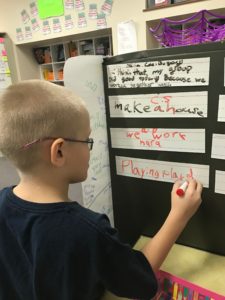
Here are some ongoing formative assessments that can be used in PBL:
Exit tickets after focused group work or just in time lessons
“Just in time” lessons are opportunities for direct instruction that pop up in PBL right when students need it. Instead of a teacher saying, “You need to learn when to use capital letters!” the students start writing a letter to the school board, or town library and realize it needs to look professional to be convincing and taken seriously.
They ask you to edit and you notice — gasp! — they need to use capital letters where appropriate and viola! you teach a lesson about grammar.
Then you can do a quick exit ticket to see if they understood the information. See this post for why this is such a powerful tool and their uses.
Drafts
If your students are writing on Google Docs you can pop in and take a look at their progress. What does the students need to work on? You can keep notes about each student, or put in a comment, giving helpful feedback and encouragement. Here are some different ideas for how to give feedback to students via Google Docs. Formative!
Conferences
It is helpful for teachers to check in with student teams in PBL. Schedule check-ins with each group and keep notes about their progress. This will help you understand their needs struggles, and learning. You can ask about content if you need to focus on certain learning targets, or about collaboration, or time management/planning. All are important and informative. It helped me to keep a schedule of what groups I would check in with on what day.
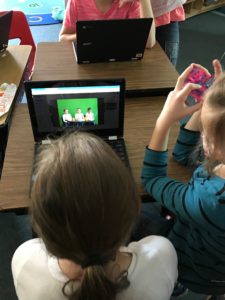
Self Assessment
Teaching kids to assess their own work and be reflective is essential for students to develop their own sense of self direction and motivation.
Self assessment can be used frequently with students. They can self assess on various issues and assignments, rating themselves, or giving a few sentences about their own progress.
I would encourage students to self assess on any scale or rubric that is being used. You can have a student self assess in a designated color, either digitally or on paper. That way you can use a different color as the teacher.
Here’s a great resource post from Edutopia with self-assessment prompting questions.
Teamwork/Collaboration Check-ins
Teamwork can be very hard. Challenges within groups are frequent. Often one of the best ways to help students and get ahead of problems is to know about them as soon as possible. Reflection prompts or journals can give you information about what is happening in a group and who might need some support. These can be a simple fist of five at the end of class, saying, heads down everyone! Put up your right hand and rate your teamwork from 1-5. Or, it could be a 1-sentence note on a notecard.
Student blogs and journals documenting their progress
Having students create weekly reflections, along with images and documents of their progress helps you gain formative information. It also tells the story of the learning in a way that looking at an end project cannot. Encourage students to show their journey with a blog, on Google Classroom, or some other way of recording information and gathering their work to share with you.
Summative Assessments
Presentations
There are many rubrics for assessing presentations, and this is an important skill for students to have. In Vermont, this falls under the Transferrable Skills. The Vermont Agency of Education has made scales for each skill, which is very helpful and can be used for assessment and self assessment.
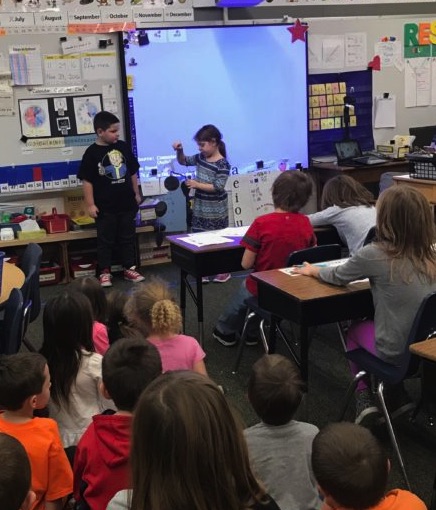
Teamwork/Collaboration (overall)
Here’s a collaboration rubric for grades 6-12, from the Buck Institute, and one for grades 3-5 and one for the primary grades with visual cues and prompts. Many teachers have a favorite teamwork rubric they use regularly.
Final project
The final product should not be the only assessment, because it doesn’t tell the whole story. For PBL, the learning is in the process of creating, reflecting, and presenting. Have a rubric or scale for the final product that has specific content elements about the project. Here’s a wonderful scale with current and positive “I can” language for a Social Studies sense of place project from Kate Toland at Peoples Academy High School.
What are your favorite assessment resources — or what are you questions about PBL and assessment?
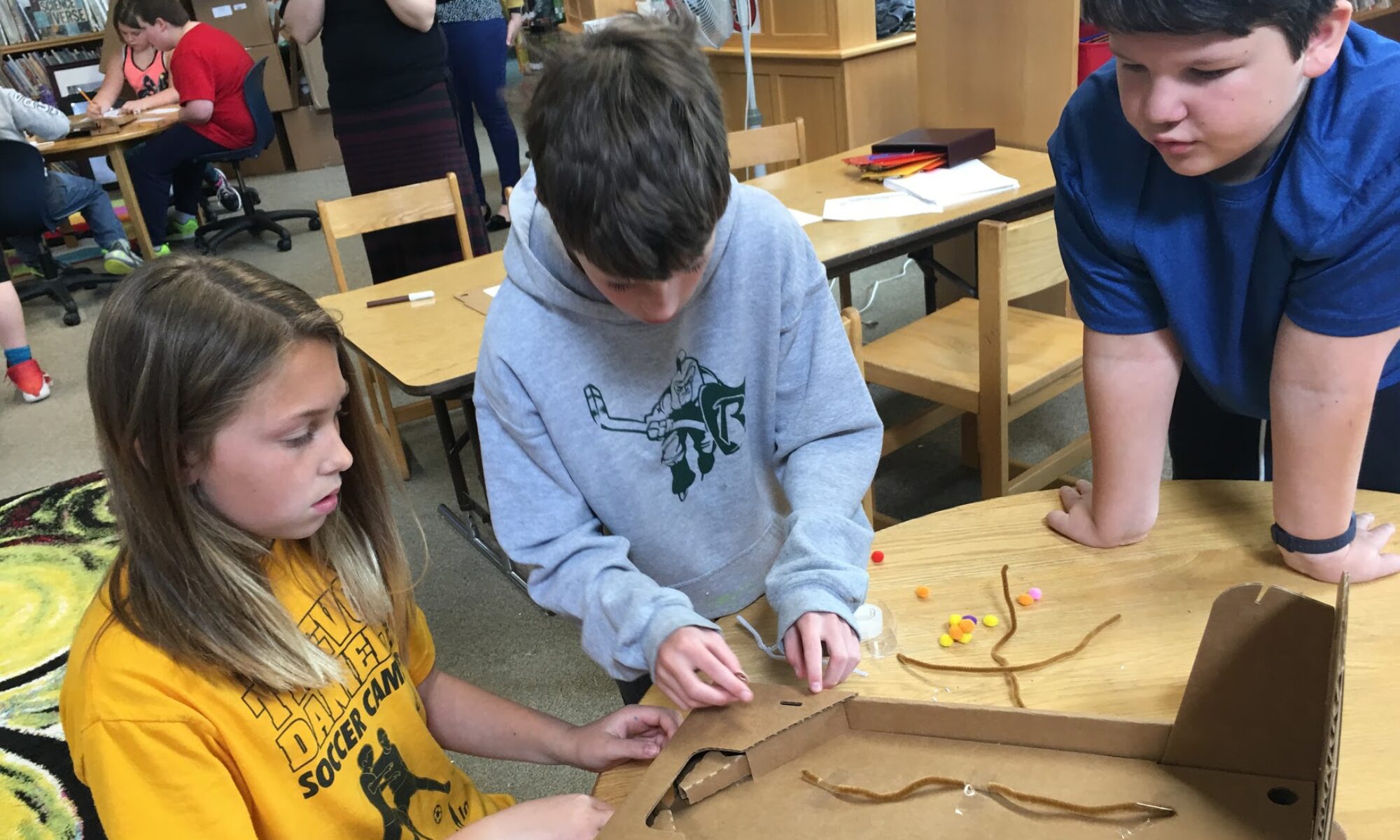

One Reply to “Assessment in Project-Based Learning”
Comments are closed.